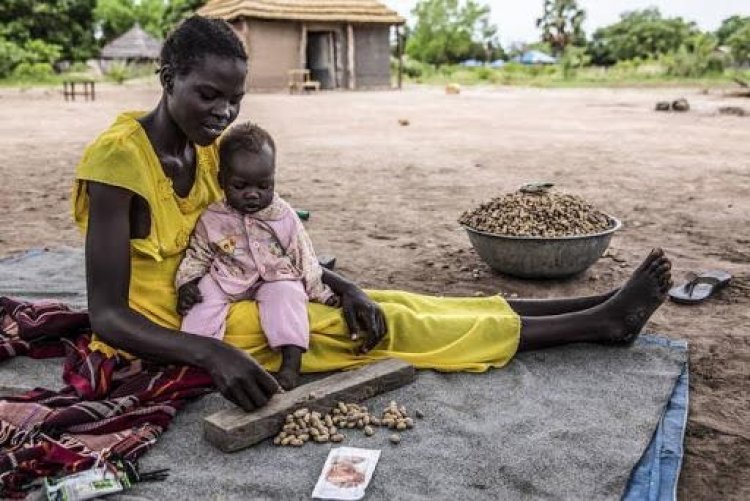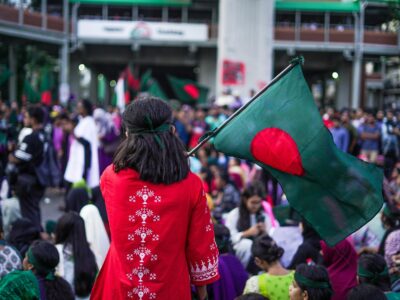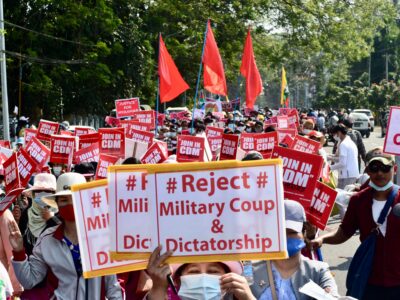The Republic of South Sudan is an independent country since 2011 when it detached from the rest of Sudan. In the years following its acclamation of independence, ties with Sudan deteriorated and tensions replaced them. Whilst South Sudan faced administrative issues surrounding their parting with Sudan on the outside, such as Sudanese pipelines for oil transport, problems within their borders now included armed rebel groups. There were many attempts to agree on a cease-fire from January 2014 onwards, most of which were quickly violated as fighting resumed. In the meanwhile, a humanitarian crisis grew in South Sudan alongside the thousands left dead in consequence of the fighting. In 2014, a famine was only avoided because of donor aid. However, the population is still at great risk of food insecurity as the hostilities disrupted farming efforts.








Comments